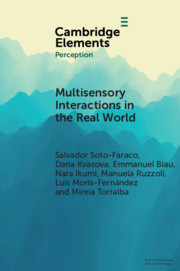Refine search
Actions for selected content:
7 results
Post-Stroke Spasticity Treatment: A Retrospective Cohort Study From Alberta, Canada
-
- Journal:
- Canadian Journal of Neurological Sciences / Volume 52 / Issue 4 / July 2025
- Published online by Cambridge University Press:
- 11 November 2024, pp. 671-679
-
- Article
-
- You have access
- Open access
- HTML
- Export citation
8 - Discussion
-
- Book:
- Time, Metaphor, and Language
- Published online:
- 09 November 2023
- Print publication:
- 23 November 2023, pp 147-158
-
- Chapter
- Export citation
Estimating the prognostic value of cross-sectional network connectivity for treatment response in depression
-
- Journal:
- Psychological Medicine / Volume 54 / Issue 2 / January 2024
- Published online by Cambridge University Press:
- 07 June 2023, pp. 317-326
-
- Article
-
- You have access
- Open access
- HTML
- Export citation
2 - Mathematics and numeracy: the role of number sense
-
- Book:
- Making Sense of Number
- Published online:
- 17 September 2021
- Print publication:
- 15 September 2021, pp 17-32
-
- Chapter
- Export citation
Quantifying the diagnostic pathway for patients with cognitive impairment: real-world data from Australia
-
- Journal:
- International Psychogeriatrics / Volume 32 / Issue 5 / May 2020
- Published online by Cambridge University Press:
- 25 November 2019, pp. 601-610
-
- Article
- Export citation

Multisensory Interactions in the Real World
-
- Published online:
- 08 August 2019
- Print publication:
- 22 August 2019
-
- Element
- Export citation
4 - Exploring geometry
-
- Book:
- Primary Mathematics
- Published online:
- 05 November 2019
- Print publication:
- 07 August 2019, pp 71-103
-
- Chapter
- Export citation
